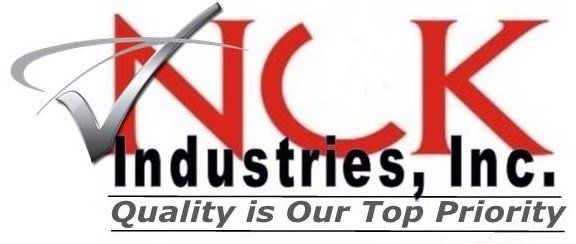Customized Six Sigma Classes & Consulting in Ohio
Serving Ohio, Indiana, Pennsylvania, Kentucky, and Illinois
NCK offers our clients the opportunity to customize the content and structure of our Accelerated Six Sigma consulting services. We believe that Six Sigma/Lean Six Sigma can best be understood through hands-on experience in the application of the theory and practices of Six Sigma to real-world quality improvement opportunities; therefore, we utilize the workshop method of instruction to provide opportunities for hands-on learning experiences for our Six Sigma clients.
We will work with your company leaders to develop customized workshop materials that provide your in-house personnel with expertise in the Six Sigma methods that meet your most urgent needs. We can develop customized education and consulting services in the following subjects:
- DMAIC Process
- Project Leadership
- Project Management
- Team Leadership
- Process Mapping
- Kano Analysis
- Pareto Analysis
- Critical to Quality Analysis (CTQ)
- Critical to Delivery Analysis (CTD)
- Critical to Cost Analysis (CTC)
- Process Failure Mode Effects Analysis (PFMEA)
- Measurement Systems Analysis
Process Capability Analysis:
- Sigma Levels
- CPk
- Cp
- Yield
- Gage Capability Analysis
- Process Control Chart Development and Analysis:
- a. Variables Charting
- b. Attribute Charting
Design of Experiments - Planning and Analysis
- One-factor designs
- Factorial designs
- Fractional-factorial designs
- Optimization designs
- Design for Six Sigma (DFSS)
- Control Planning
- Mistake-proofing
- Continual Process Improvement
Six Sigma is:
- A Business Strategy: Using Six Sigma Methodology, a business can strategize its plan of action and drive revenue increase, cost reduction and process improvements in all parts of the organization.
- A Vision: Six Sigma Methodology helps the Senior Management create a vision to provide defect free, positive environment to the organization.
- A Benchmark: Six Sigma Methodology helps in improving process metrics. Once the improved process metrics achieve stability; we can use Six Sigma methodology again to improve the newly stabilized process metrics. For example: The Cycle Time of Pizza Delivery is improved from 60 minutes to 45 minutes in a Pizza Delivery process by using Six Sigma methodology. Once the Pizza Delivery process stabilizes at 45 minutes, we could carry out another Six Sigma project to improve its cycle time from 45 minutes to 30 minutes. Thus, it is a benchmark.
- A Goal: Using Six Sigma methodology, organizations can keep a stringent goal for themselves and work towards achieving them during the course of the year. Right use of the methodology often leads these organizations to achieve these goals.
- A Statistical Measure: Six Sigma is a data driven methodology. Statistical Analysis is used to identify root-causes of the problem. Additionally, Six Sigma methodology calculates the process performance using its own unit known as Sigma unit.
- A Robust Methodology: Six Sigma is the only methodology available in the market today which is a documented methodology for problem solving. If used in the right manner, Six Sigma improvements are bulletproof and they give high yielding returns.
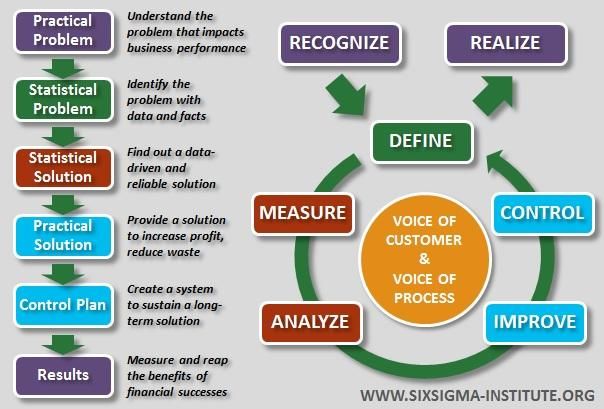
Benefits of Six Sigma to the Organization
The appropriate application of Six Sigma methodology does impact all pieces of a business. It can be enhancement of services to employees, devoting more into the final finished product. Few advantages of utilizing Six Sigma to improvise business operation are listed below-
CONSULTING
- Customer Satisfaction: A business will implement upgraded processes and improved quality control with Six Sigma methodologies. This results in an improved finished product. That leads to higher customer satisfaction.
- Customer loyalty: Happy customers are loyal customers to a brand, and they come back to make future purchases. To achieve a loyal customer, the product should remain consistent in its quality.
- Improved bottom line: Good word-of-mouth references are given by happy customers. Happy customers always return for more. All of these translates into an improved revenue stream.
- Employee satisfaction: One of the benefits of Six Sigma is how it can direct employees to a common cause. Six Sigma offers leaders a chance to clarify and rationalize the message. Also, improved results can create a sense of companionship. It leads to better results.
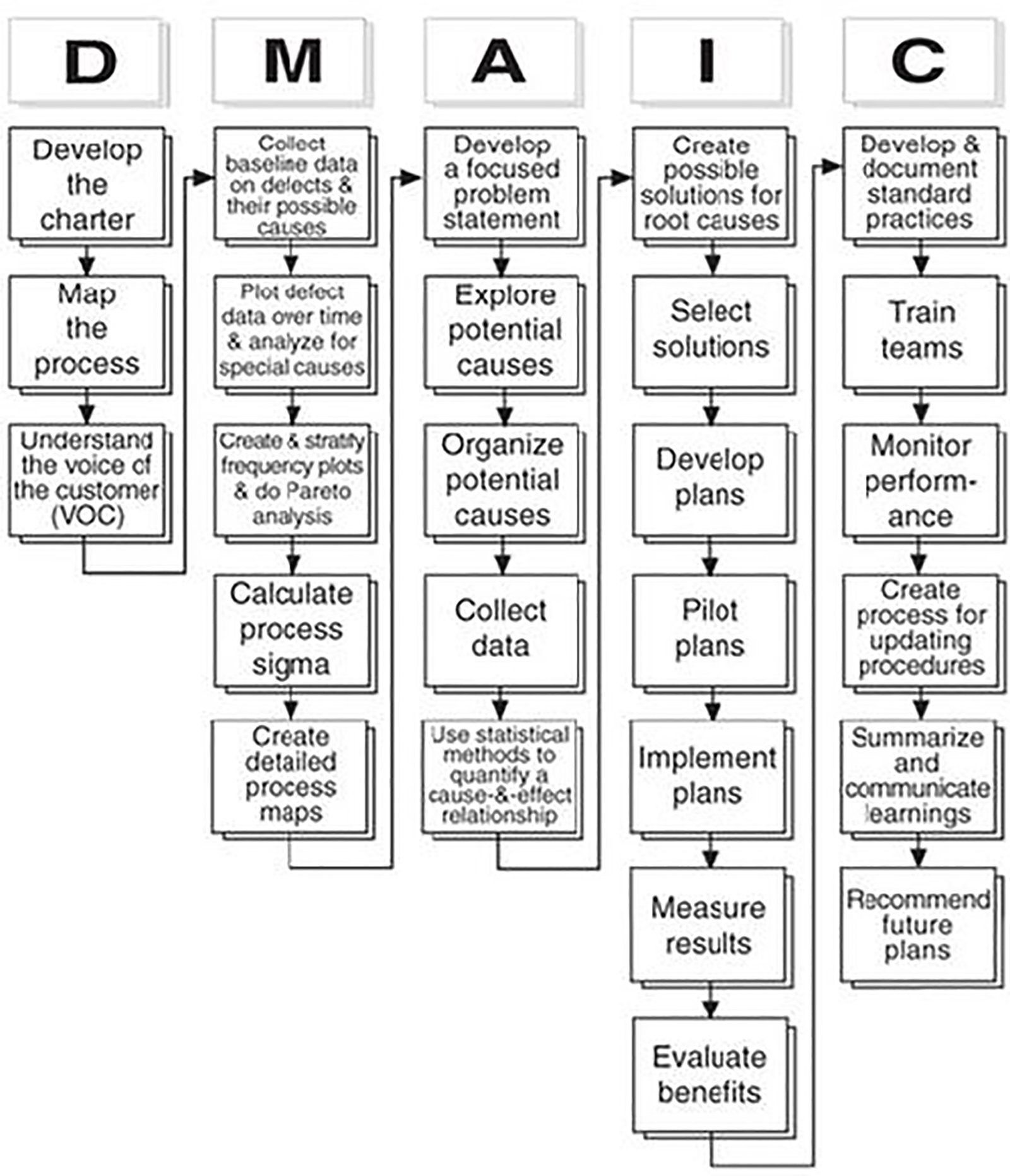

Also called the "Lean Method" or "Lean Speed," Lean Six Sigma is a process of utilizing a specific series of tools. These tools were created to reduce any type of inefficiency correlated with the impediment of materials and data incorporated within a process from its establishment to its result.
The Lean Process contains one of the basic Six Sigma strategies pertaining to the identification and elimination of extraneous and useless steps in a process. By adhering to principles of Lean, a business or organization will solve problems that hinder the streamlining of manufacturing methods, enhance quality, retain customers, and attract new customers to their existing base.
Lean methods are implemented within the structure of the DMAIC (define, measure, analyze, improve and control) and supplemented with other valuable Six Sigma tools. The key to understanding Lean practices is to understand the overlaying goal of reducing waste in whatever form it exists within a business.
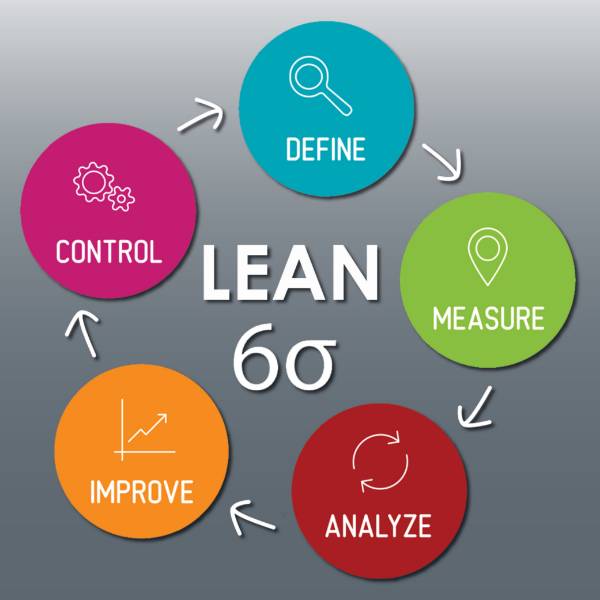
So, what are the overall benefits of Lean Six Sigma Training?
- An ability to drive process thinking to identify and fix opportunities
- The capability to define critical performance measures and improve overall performance
- Learn how to measure and improve core business KPIs
- Develop your project management skills to drive high performing team
- Develop your ability to manage and engage senior Stakeholder
- Learn and become familiar with core change management skill
- Deepen over business understanding and insight
- Improve your career transition and gain an edge over other candidates
- Making data-driven decisions in your everyday activities
- It will change the way you work forever
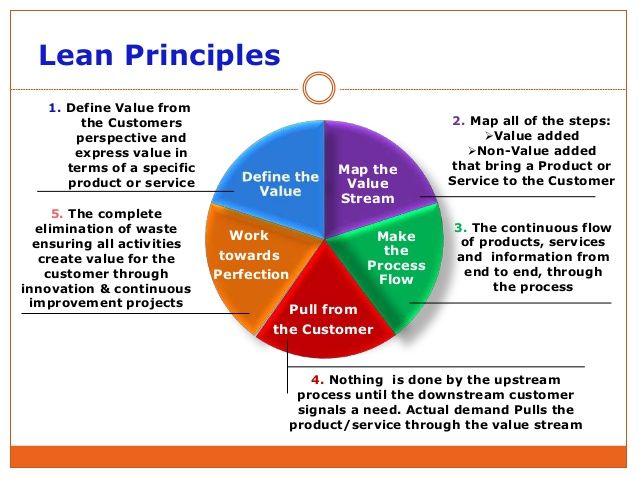
Courses Required for Certification
Five basic areas of knowledge are explored in a good Lean training course. These areas are:
- Control Processes
- Process Improvement
- Data Analysis and Root Cause Identification
- Measuring and Collecting Data
- Defining and Prioritizing Problems
Individuals interested in Lean Six Sigma training should be extremely productive and efficient, as well as enjoy analytics and other problem-solving fields of business management.
Reach out at 330-327-3060 if it’s time to update or certify your employees on Lean/Six Sigma.
CONTACT INFORMATION
Phone:
(330) 327-3060
Email:
info@nckconsulting.com
Address: North Canton, Ohio
BUSINESS HOURS
Monday - Friday 8:30 am to 5:00 pm
Saturday - Sunday Closed






